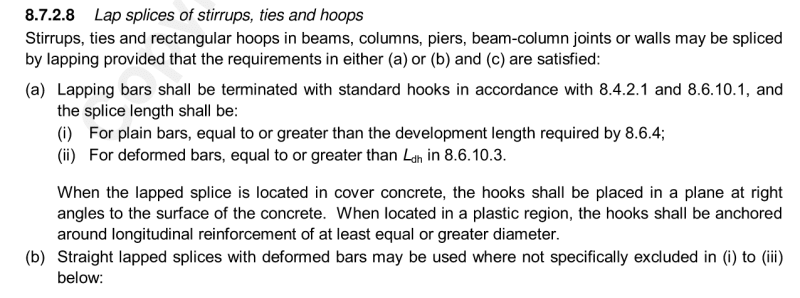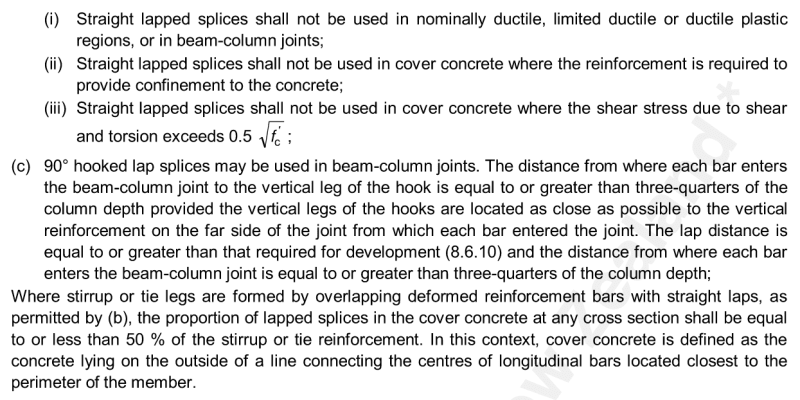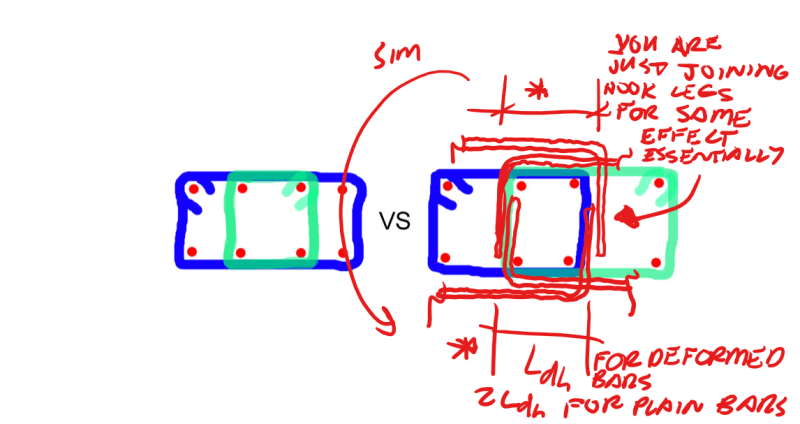mar2805
Structural
- Dec 21, 2008
- 375
HI!
Can anyone maybe explain a benefit of using stirrups on the left instead the ones on the right?
Same column with 8 bars, except the right one has identical stirups shape and the one the left has 2 stirrups shapes.
Can anyone maybe explain a benefit of using stirrups on the left instead the ones on the right?
Same column with 8 bars, except the right one has identical stirups shape and the one the left has 2 stirrups shapes.



